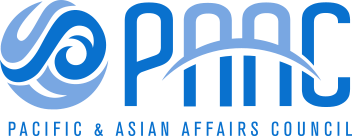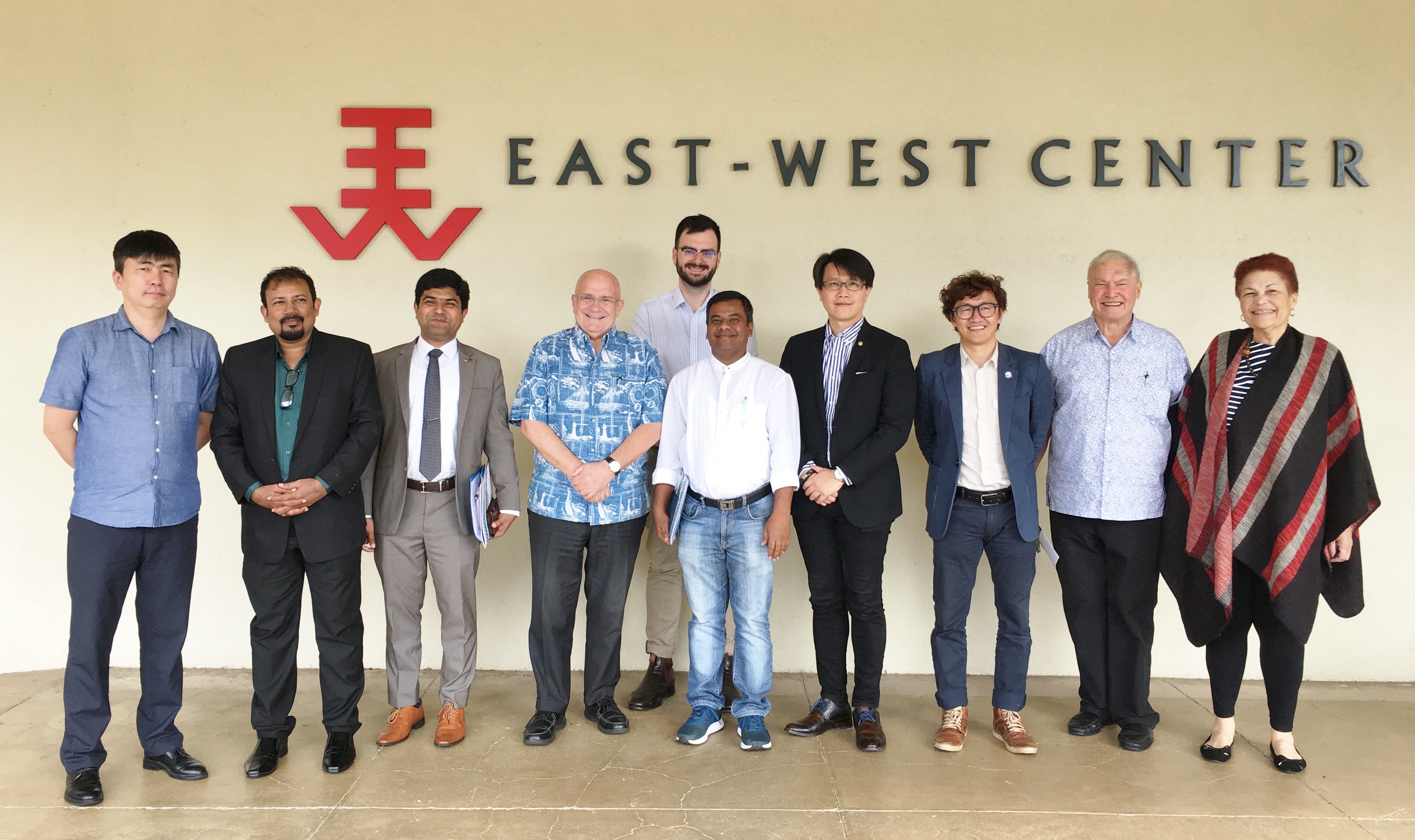In February, PAAC hosted government officials, academic and legal professionals, foreign policy advisors, and journalists to engage in open off-the-record discussions on the complex topic of U.S. Foreign Policy in the Indo-Pacific. This diverse International Visitor Leadership Program delegation hailed from Australia, Bangladesh, India, Mongolia, Sri Lanka, Taiwan, and Vietnam.
In the decades leading up to the 21st century, the world observed unprecedented economic growth and social and political transformation in the Asia-Pacific region. Millions rose out of poverty and the governments of the region’s 36 countries, home to over 50% of the global population, raced to build the physical and organizational infrastructure that would accommodate their expanding institutions. U.S. engagement in the region increased with the Obama Administration’s “pivot” to the Asia-Pacific, yielding new challenges and opportunities for multilateral and bilateral partnerships across a multitude of arenas, including academia, agriculture, the arts, technological research and production, and security.
This particular IVLP group was tasked with learning about U.S. national interests in the Indo-Pacific region; assessing the concept of a “free and open” Indo-Pacific; examining issues of mutual interest among Indo-Pacific stakeholders; exploring federal and state-level foreign policy roles; and understanding how Americans perceive international relations. While in Honolulu, they met with representatives from the Pacific Forum, the East-West Center, and U.S. Indo-Pacific Command (INDOPACOM), to discuss these topics and each organization’s work.
Pictured above with the IVLP delegation is President Richard Vuylsteke and Ambassador Charles Salmon, Jr., of the East-West Center. This was the last IVLP group to visit Hawaii before the COVID-19 pandemic. The IVLP is currently paused through September 2020.

